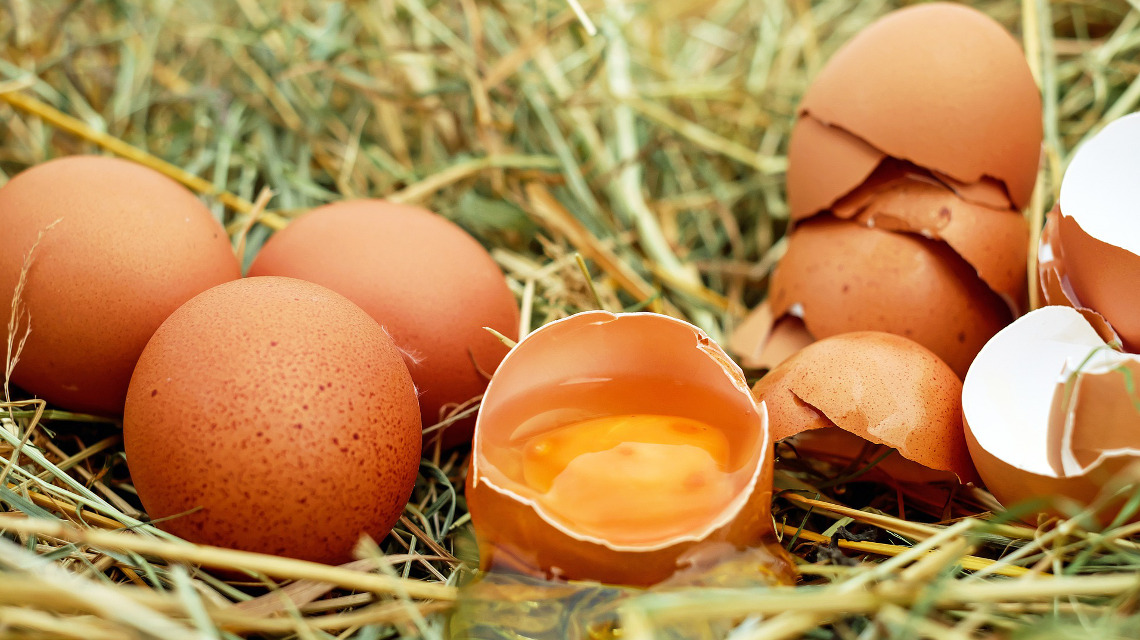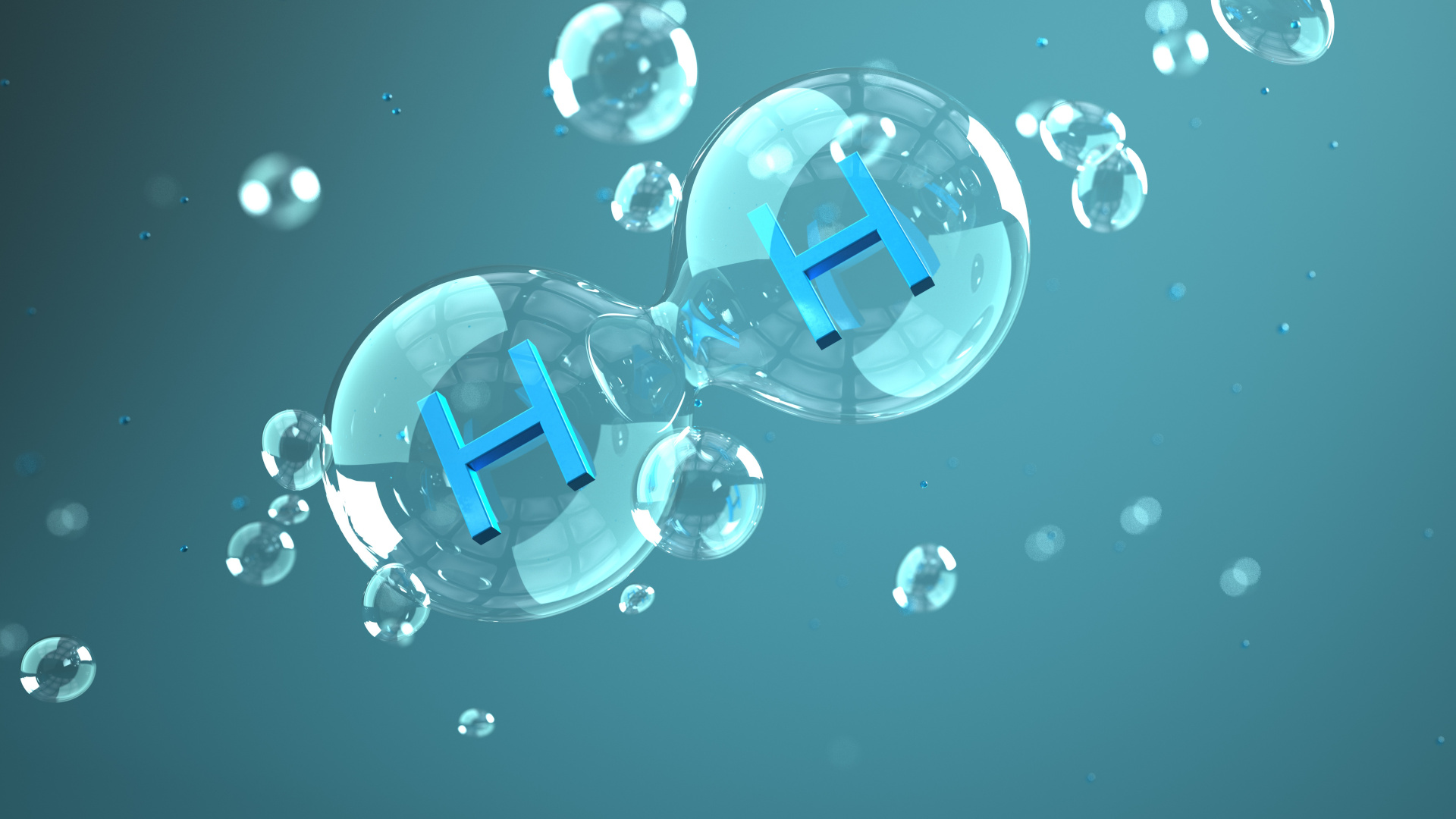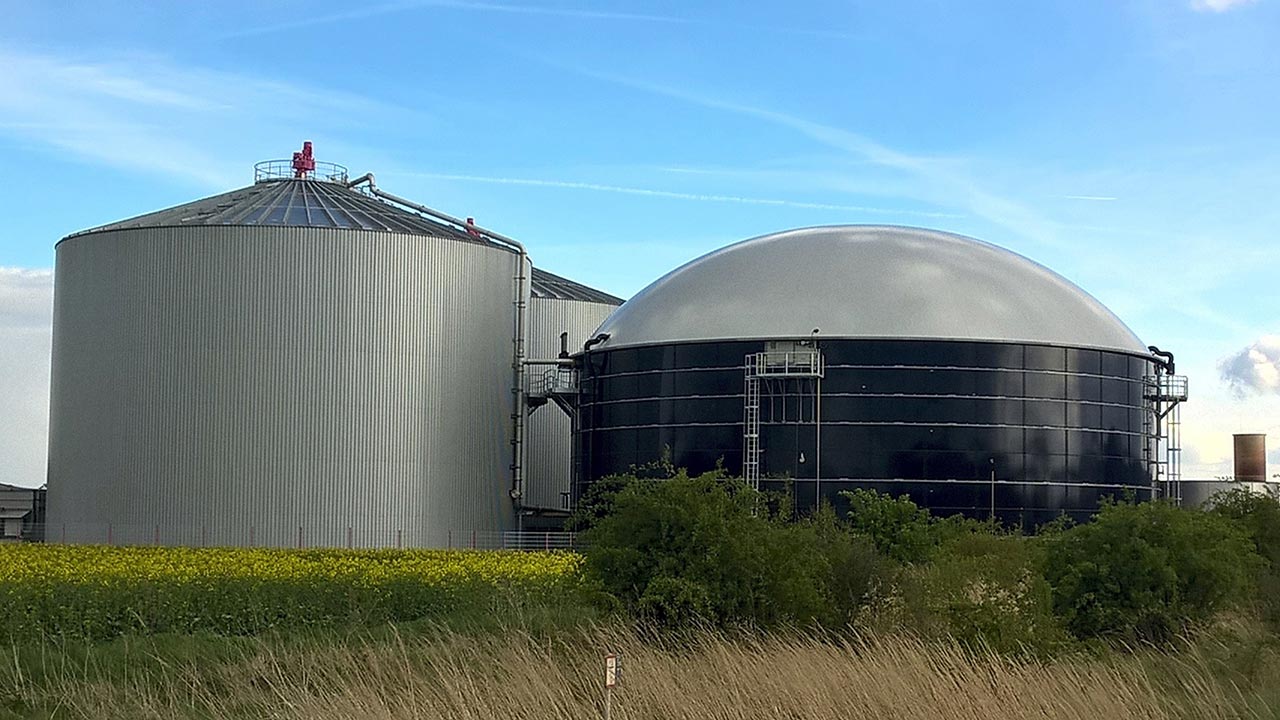Electrodes from eggshells
The energy stores of tomorrow could be made from eggshells: An international team of researchers is showing for the first time how powdered shell waste can act as electrodes.

Whether as breakfast eggs or baking ingredients, chicken eggs have become an integral part of everyday life. In addition to the food industry, eggs are also frequently used in the cosmetics and pharmaceutical industries. However, the vast quantities of shells that accumulate as a result have so far hardly been noticed and have mostly ended up in organic waste. But the white or brownish shells are made of a material with great potential for new sustainable energy storage. This has now been confirmed by a study carried out by an international team of researchers involving scientists from the Helmholtz Institute Ulm (HIU).
Natural substance as electrochemical storage medium
Egg shells consist of an important composite material: porous calcium carbonate (CaCO3) and a protein-rich fibre membrane. The researchers found out that this material is excellently suited for storing energy. "Surprisingly, there are always new examples in which natural substances have good to very good properties for the production of materials for electrochemical storage," said Maximilian Fichtner from the Helmholtz Institute Ulm, an institution under the auspices of the Karlsruhe Institute of Technology (KIT).
Calcium carbonate as a lithium storage medium
Together with Australian scientists, the chemist had discovered that chicken egg shells have promising electrochemical properties that are very good at storing lithium due to their high calcium carbonate content. As the researchers reported in the scientific journal "Dalton Transactions", they were the first to use eggshell powder as a conductive material for an electrode. They made use of both the calcified shell and the inner and outer shell membranes.
Storage capacity at 92 %
After washing and drying, the crushed egg shells were powdered. This powder was then used as an electrode against a metallic lithium anode in a non-aqueous electrolyte. According to the study, the storage capacity of the egg-shell test cell was 92 percent for over 1,000 charging and discharging cycles. Now the scientists want to continue their research in order to improve the conductivity of the material and thus the application spectrum of the new, sustainable energy storage device.
bb/um


